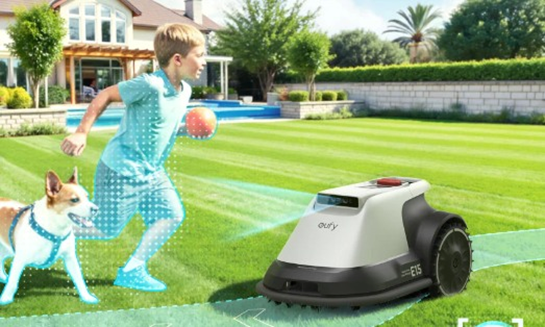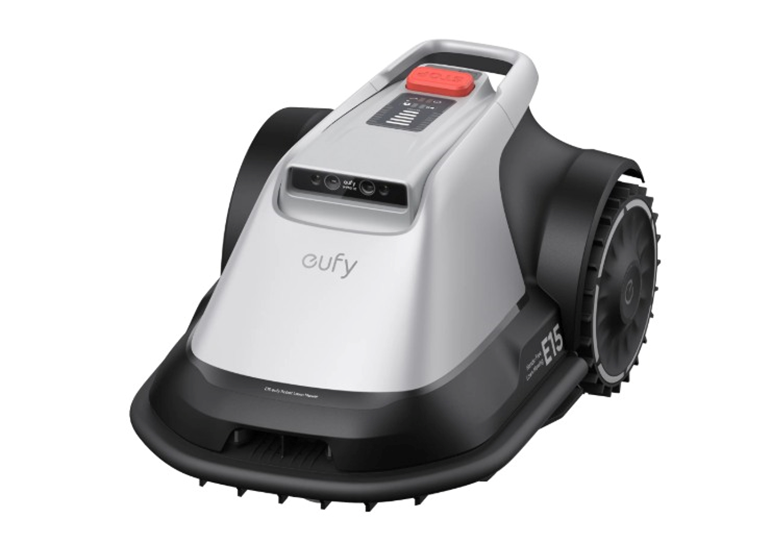27 Jun 2025
Post by Aurorina
Aeration plays a key role in keeping your lawn healthy. It relieves soil compaction, improves water absorption, and enhances nutrient delivery to grass roots. But timing matters. The aerate lawn too often can stress your lawn, while doing it too rarely allows compacted soil and thatch to build up. Knowing the ideal frequency—and supporting aeration with proper mowing—helps maintain a lush, green yard with minimal effort.
What Affects Lawn Aeration Frequency?
Soil Type and Foot Traffic
Soil composition influences how often aeration is necessary. Clay-heavy soils compact faster and need aeration more frequently—usually once or twice per year. Sandy soils drain better and may only require aeration every other year. High-traffic areas, like paths where kids or pets play, compact more quickly. If you notice water pooling after rain or your lawn feels spongy or hard, it’s likely time to aerate. After aeration, your lawn needs support from consistent, low-stress mowing. The eufy Robot Lawn Mower E15 makes this simple. With hands-free auto mapping powered by V-FSD positioning, it follows optimized routes that reduce overcutting and promote even grass recovery. You manage everything via the app—no pushing, pulling, or second guessing.

Grass Type and Growing Season
Cool-season grasses—such as fescue or Kentucky bluegrass—respond best to fall or early spring aeration. These are their active growth periods, allowing roots to heal and expand quickly. For warm-season grasses like Bermuda or zoysia (excluding dense types not compatible with E15), late spring to early summer is ideal. Most homeowners should aerate once per year during peak growth. However, lawns with poor drainage, heavy thatch, or heavy clay soil may benefit from a second round if growth slows or bare patches appear. To protect aerated lawns during recovery, E15 delivers precise parallel mowing with smart coverage detection. No spot is missed or double-cut, helping your lawn bounce back faster after core removal.
Lawn Age and Overall Condition
New lawns generally don’t require aeration until at least one year after seeding or sodding. Young roots are still establishing, and premature aeration can cause damage. Established lawns benefit from regular aeration to maintain healthy root zones and reduce thatch. If your grass starts thinning despite fertilizing and watering, poor soil structure is often the culprit. In these cases, even light aeration can improve absorption and reduce runoff. Pairing aeration with reliable mowing ensures balanced recovery. E15’s 3D perception system avoids obstacles automatically, so it can mow safely even in post-aeration conditions. There’s no risk of running over plugs or tearing up soft soil.
How to Support Aeration Year-Round
Stay Consistent with Mowing
Aeration is just the beginning. Your lawn thrives when it’s cut regularly at the proper height. Grass that’s too tall blocks sunlight; grass that’s too short gets stressed. E15 eliminates manual mowing guesswork. It adapts to your lawn layout with pure vision FSD technology—no wires or RTK station required. Whether your yard is 500 or 8,700 square feet (0.2 acres), it maintains consistency across the entire surface. The mower avoids overworking one zone and promotes stronger recovery in recently aerated areas.
Clean Cuts with Minimal Interruption
After aeration, clean mowing is critical. Ragged cuts can weaken blades and delay growth. E15 ensures smooth operation using high-precision cameras and obstacle detection, even in complex yard environments. Its GPS tracking also prevents theft, while automatic recall during rain or low-light conditions protects both your lawn and the mower. You get consistent results without managing equipment or worrying about scheduling.

Control from Anywhere
Managing your mowing schedule becomes simple with app-based control. Adjust cutting times, pause during rain, or skip certain zones with a tap. If your Wi-Fi doesn’t cover the entire lawn, you can subscribe to 4G connectivity to maintain full access anytime. This level of control is perfect for homeowners who want to align mowing with other seasonal tasks like fertilization, reseeding, or, of course, aeration.
Conclusion
Most lawns benefit from aeration once per year, timed with the growing season for your grass type. In high-traffic areas or with clay soil, twice-yearly aeration may offer additional benefits. But timing alone isn’t enough—how you maintain the lawn afterward determines the results. The eufy Robot Lawn Mower E15 brings intelligent support to the entire process. From precise mowing patterns to hands-free navigation, it protects your lawn during recovery and ensures year-round health. With no wires, no signal issues, and no manual labor, it makes professional-level lawn care possible at home. Aerate at the right time. Then let E15 handle the rest—so your lawn stays healthy without added effort.
